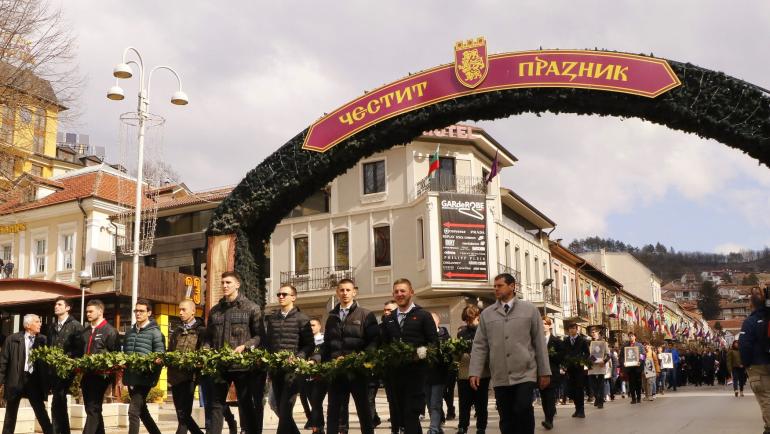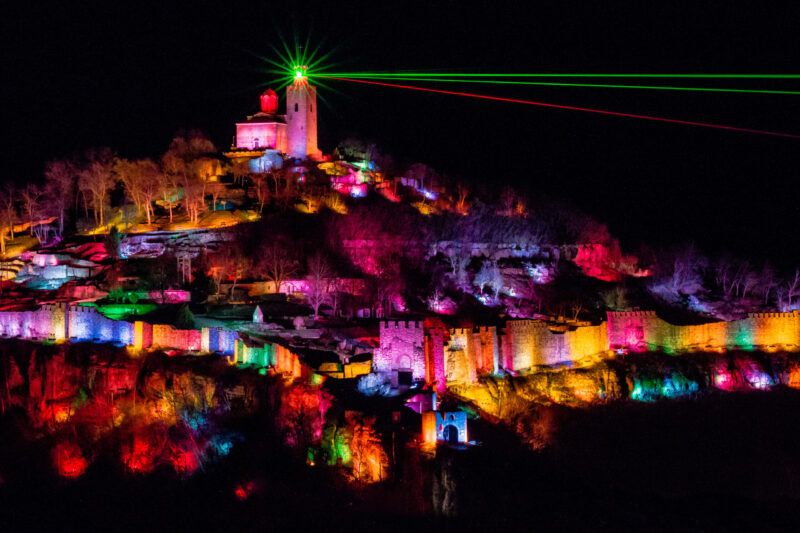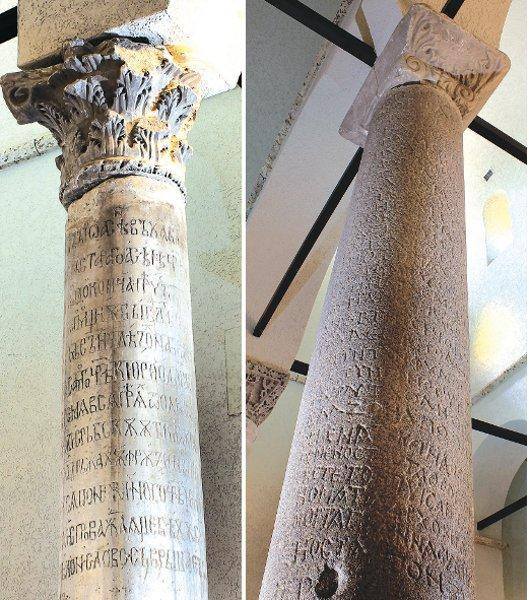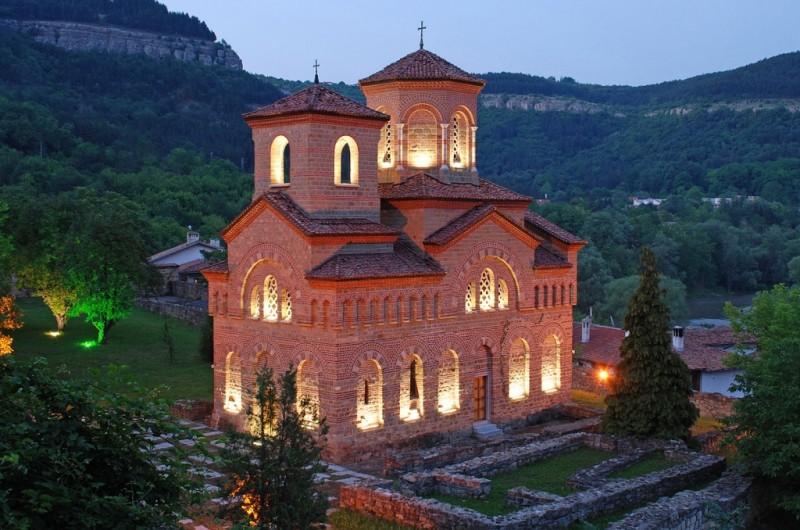A traditional walking tour dedicated to the celebration of this Veliko Tarnovo event

On the Fest of Veliko Tarnovo – March 22, the Regional Museum of History organizes a free walking tour. It’s for residents and guests of the city with a talk “The Greatness of the Capital Tarnovgrad”. The walking tour will last from 10:00 a.m. to 12:00 p.m. The beginning is from the square in front of the church “St. Dimitar”. The tour will go along the route: church “St. Dimitar” – Church “St. 40 Martyrs” – Church “St. St. Peter and Paul” – church “St. Ivan Rilski” – Tsarevets Architectural Museum Reserve. Tour guides will be Svetlana Petkova and Elin Alexandrov. On the holiday, the church of St. 40 Martyrs” and Architectural-Museum Reserve “Tsarevets”.
Veliko Tarnovo celebrates its holiday every year on March 22

The date has historical significance and is associated with one of the greatest Bulgarian kings – Ivan Asen II. And also with his victory in the Battle of Klokotnitsa.
Ivan Asen II was born around 1190. He became king of Bulgaria at the age of 28 in 1218 and reigned for 23 years. He died of an unknown cause on June 24, 1241.
During his reign, he made many skillful moves in the domestic and foreign policy of Bulgaria. One of them is the decisive victory in the Battle of Klokotnitsa. It happened on March 9, 1230 and was against the troops of the Epirus despotism. They were Bulgaria’s neighbors at that time, stationed on the territory of today’s western Greece.
To commemorate the victory, Tsar Ivan Asen II built a church at the foot of Tsarevets
Оrdering the following text to be engraved on one of the columns inside:
“In the summer of 6738 (1230) indict III, I, Ivan Asen, in Christ God, the faithful king and autocrat of the Bulgarians, son of the old Asen, built from the foundations and with painting decorated to the end this purified church in the name of the holy forty martyrs, with the power in which in the twelfth year of my reign, in which year this temple was written, I went to battle in Romania and routed the Greek army, and took the cyrus Theodore Comnenus himself captive with all his boyars.
And all his land from Edirne to Durrës, I captured, Greek, also Arbanash and Serbian, and the cities that were around Constantinople and this city itself were ruled by the Frisians, but they also submitted under the hand of my kingdom, because they had no other king but me and thanks to me they spent their days as God commanded, because without him neither deed nor word is done. To him be glory forever. Amen.”

The church, which still exists today, is called “Holy 40 Martyrs”, because on March 9 – the date of the victory, our church commemorates the Holy Forty Martyrs of Sevasti to this day (people call the holiday Mladentsi).
Why then does this Veliko Tarnovo event is celebrated on March 22?
Most likely, it is about one of the many similar “mistakes” that exist in our folk calendar. It is clear that March 22 is 13 days after March 9, that is, March 22 is new style (Gregorian calendar) and March 9 is old style (Julian calendar).
The holiday was believed to have been celebrated since 1879. It stopped celebrating after September 9, 1944 with the coming of the communists and then the celebration resumed in the 70s and 80s of the 20th century. Until 1916, when we adopted the Gregorian calendar, we celebrated the fest of Veliko Tarnovo on March 9. Despite the fact that in many places the date March 22 can be found. After that, we started to celebrate it on March 22 in a new style. Because our church does not accept the Gregorian calendar, and for the next 50 years, the dates of many church holidays shifted to the civil calendar.


No Comments